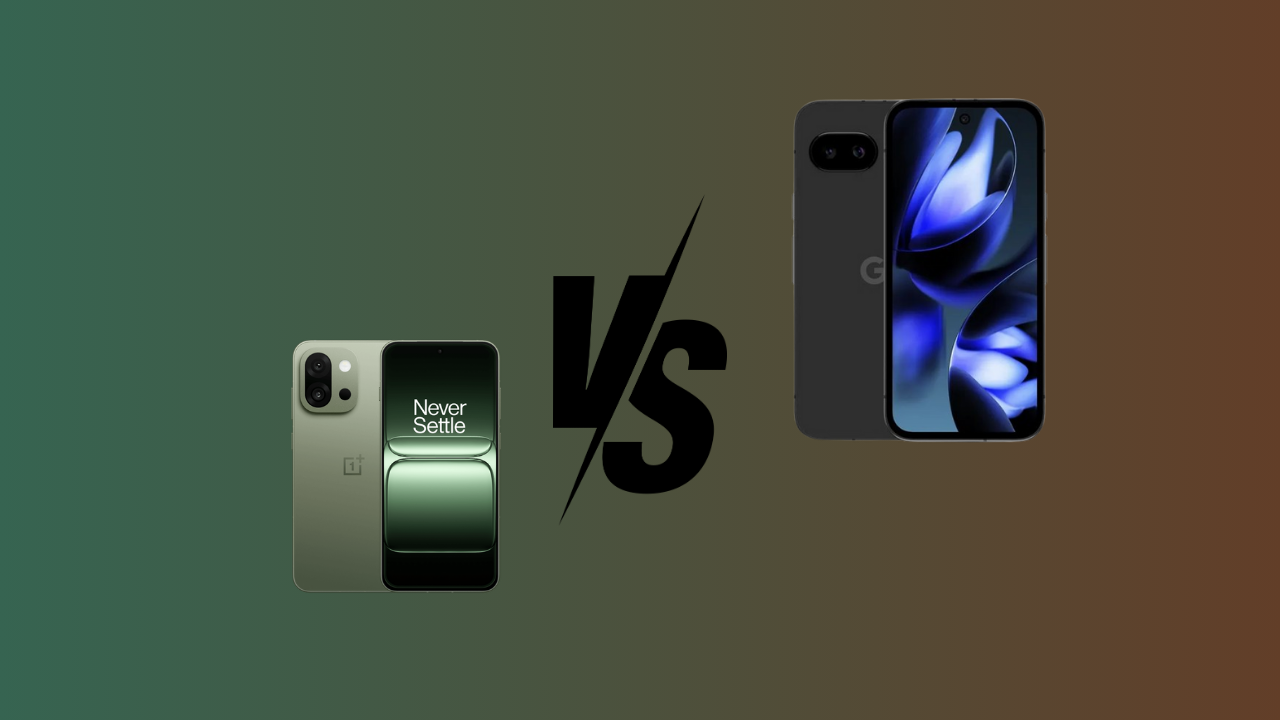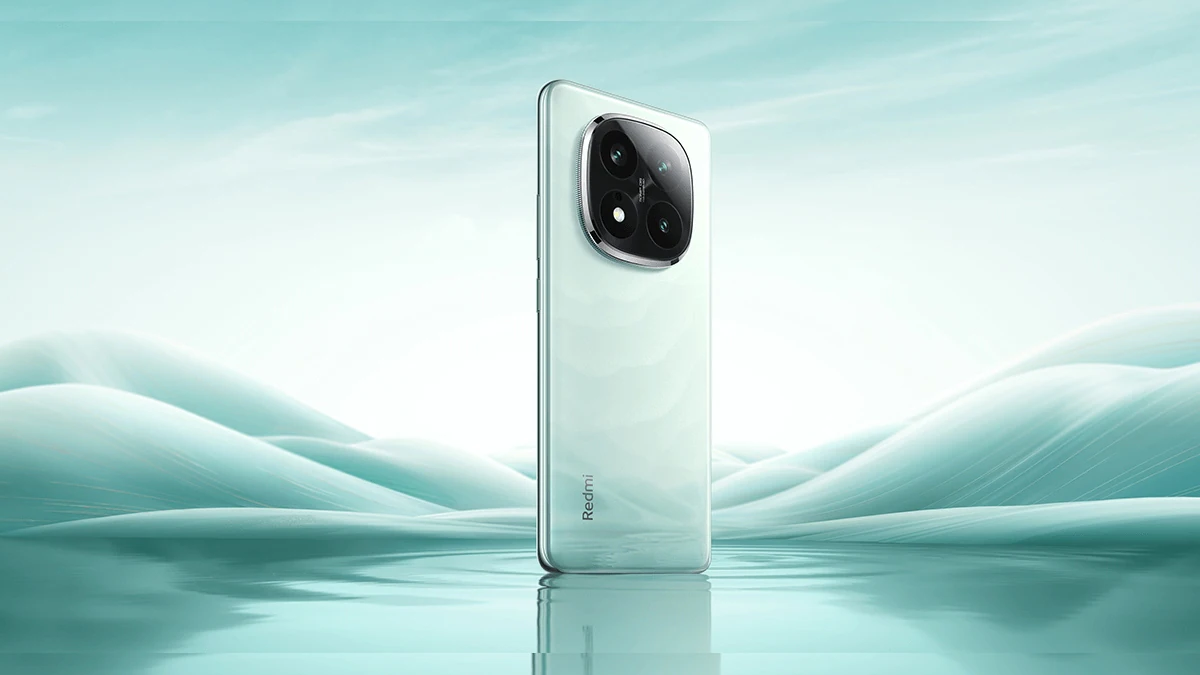This is the time when every Pixel A-series phone comes under ₹30,000 in India — and the same thing is happening with the Pixel 8a right now. With some great offers and card deals, this phone is available for under ₹30,000. So the big question is: should you consider the Pixel 8a or not? And more importantly, is it still worth buying in 2025 or even 2026?
Let’s not forget that at the beginning of 2025, the Pixel 7a also dropped under ₹30,000. And recently, Google launched the Pixel 9a at almost double the price — ₹49,000. So, is it worth choosing the Pixel 8a over the new one?
Design
As always, let’s start with the design. The Pixel 8a comes with a metal frame, a glass back, and that typical camera stripe, just like previous Pixel A-series models. The design clearly shows this phone belongs to the Pixel family — unlike the Pixel 9a, which has a completely new look.
You also get an IP67 rating, which protects the phone from water and dust. This is not a boxy-type design. It’s more of a rounded, slightly bulky design that gives the feeling of a larger phone. It may not look as premium as the Pixel 9 series, but in-hand, it feels solid and high-quality. The phone weighs 189g, which adds to the premium feel — though not too heavy.
Display
This is the first downside of the phone. I don’t understand why Pixel still hasn’t fixed the big bezels. It looks outdated, especially when most brands are offering minimal bezels.
The Pixel 8a features a 6.3-inch Full HD+ AMOLED flat display with a 120Hz refresh rate. Compared to the Pixel 9a, there isn’t much of a difference in display quality or brightness. Neither phone supports HDR playback on YouTube or Netflix, and only a few apps support the 120Hz refresh rate — which is disappointing in this segment.
Performance
Honestly, people who buy Pixel phones usually don’t focus heavily on performance. Still, the Pixel 8a has shown some improvement over the past few years.
It comes with the Tensor G3 chipset, LPDDR4X RAM, and UFS 3.1 storage — a decent combination. But yes, the processor could have been better. It handles normal tasks and medium-level gaming just fine, and multitasking works too.
However, when used for extended periods, the phone does heat up slightly. It’s not alarming, but noticeable. The A-series typically heats up more than the main number series because Google doesn’t include a cooling system — unlike in the Pixel 9a, where they’ve started adding thermal improvements.
So, from a ₹50,000 perspective, this is a downside. But for under ₹30,000, the Pixel 8a offers great value.
Software
This is the main difference between the Pixel 8a and Pixel 9a. The Pixel 8a launched with Android 14 and now runs on Android 15 — just like an iPhone, where new versions are rolled out across eligible devices.
You get all the AI features available in Pixel 9a on the Pixel 8a too — from Magic Eraser to Google Gemini AI. Plus, Google promises 7 years of software and security updates, making it future-proof even in 2026.
Camera
Both phones have the same dual-lens setup at the back and a single selfie camera. In real-life use, the camera performance is excellent, especially for still photography.
| Feature | Details |
|---|---|
| Rear Camera (Main) | 64 MP ƒ/1.9 Wide Angle |
| 26mm, 1/1.73″ sensor, 0.8µm pixel size, Dual Pixel Autofocus | |
| Rear Camera (Ultra-Wide) | 13 MP ƒ/2.2 Ultra Wide |
| 120˚ Field of View, 1.12µm pixel size | |
| OIS (Optical Image Stabilization) | Yes |
| Auto Focus | Yes |
| Rear Camera Features | Magic Editor, Best Take, Magic Eraser, Photo Unblur, Real Tone, Face Unblur, Panorama, Manual White Balancing, Locked Folder, Night Sight, Top Shot, Portrait Mode, Portrait Light, Motion Auto-Focus, Frequent Faces, Dual Exposure Controls, Live HDR+, Ultra HDR, Long Exposure |
| Rear Video Recording | 4K @ 60 fps, 1080p @ 60 fps |
| Flash | Dual LED |
| Front Camera | 13 MP ƒ/2.2 Ultra Wide, 20mm, 1.12µm pixel size, Punch Hole |
| Front Video Recording | 4K @ 30 fps, 1080p @ 30 fps |
The Pixel 8a features a powerful 64MP main rear camera with a 1/1.73″ sensor and a wide ƒ/1.9 aperture, allowing it to capture more light and detail, especially in low-light conditions or indoor environments. This combination significantly enhances night photography and improves overall image clarity. The 0.8µm pixel size might seem average on paper, but Google’s advanced AI-powered image processing and dual-pixel autofocus ensure fast and accurate focusing, resulting in consistently sharp images even in tricky scenarios.
The camera also includes OIS (Optical Image Stabilization), which minimizes motion blur and keeps your shots stable, particularly helpful for handheld photography and while recording videos. For wide-angle shots, the 13MP ultra-wide lens with a 120˚ field of view excels at capturing more in a single frame—ideal for landscapes, architecture, or group photos.
One of the major highlights of the Pixel 8a’s camera is the integration of AI features like Magic Editor, Magic Eraser, and Photo Unblur, which allow users to enhance their photos effortlessly. These tools make post-processing intuitive and efficient, directly within the gallery app. When it comes to video, the Pixel 8a supports 4K recording at 60fps on the rear camera, and 4K at 30fps on the front, offering sharp and smooth video capture. This makes the device a great choice not only for casual photography but also for content creators and vloggers seeking premium results in a compact package.
However, video quality and night selfies could use some improvement. Still, the camera is a big highlight of the Pixel 8a — around 70% of buyers choose Pixel phones because of the camera.
That said, other brands are catching up quickly by launching camera-focused phones. So, Google needs to push the bar further.



Battery
With the Pixel 9 series, Google made some battery improvements. But in the Pixel 8 series, battery life is still a concern.
The Pixel 8a comes with a 4,492 mAh battery, which can last a full day under moderate use. However, the phone lacks fast charging — a common complaint. The Pixel 9a, on the other hand, comes with a 5,000 mAh battery but still faces the same charging issues due to the missing charger in the box.
Final Conclusion
To wrap it up — yes, there are only minor differences between the Pixel 8a and Pixel 9a. If your budget is around ₹30,000 and you want the Pixel experience, the Pixel 8a is a solid choice.
You get a premium camera, stock Android with long-term updates, and all the new AI features — just like the latest models.
But keep in mind, one of the biggest concerns with any Pixel phone — especially the A-series — is after-sales service. Google has limited official service centers in India, which could be a headache if anything goes wrong.
Still, from a value perspective, the Pixel 8a is one of the best phones under ₹30,000 in 2025. You’re getting a balanced phone with great software support, a top-tier camera, and a Pixel-exclusive experience.
So, if you’ve been waiting to get a Pixel phone without breaking the bank — now is the time to grab the Pixel 8a.





helloI like your writing very so much proportion we keep up a correspondence extra approximately your post on AOL I need an expert in this space to unravel my problem May be that is you Taking a look forward to see you